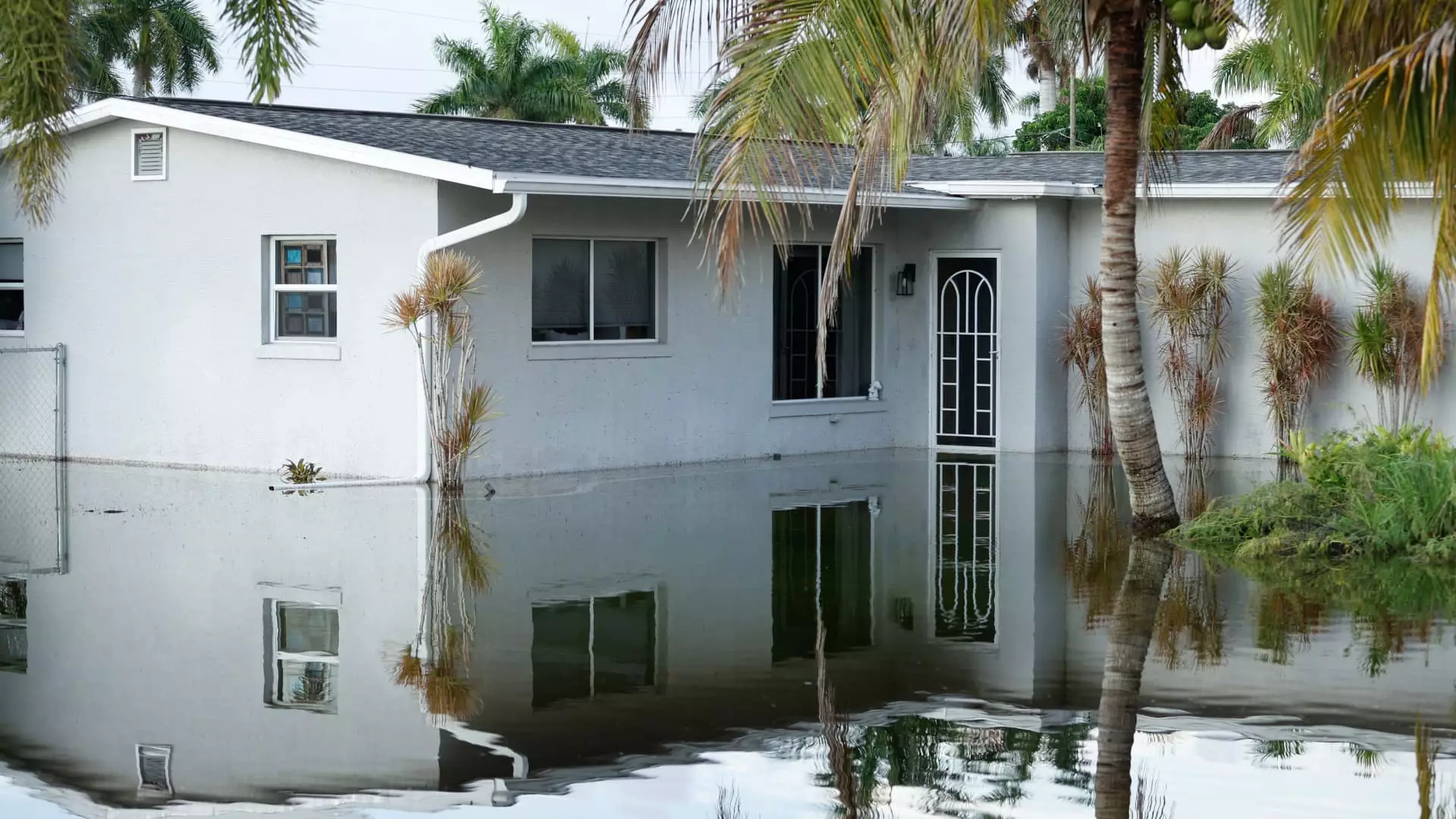The surge in catastrophic severe weather events has led to a considerable increase in homeowners insurance prices, with a staggering average rise of 21% between May 2022 and May 2023. This upward trend is expected to continue as insurers grapple with higher costs, consequently passing them on to consumers through higher premiums. One of the major challenges in understanding this price hike is the lack of transparency regarding how climate risk is factored into individual policy prices. Data shared by insurers on individual homeowners’ premiums and risks is limited, making it challenging for consumers to comprehend the impact of climate change on their insurance costs.
While the substantial spike in home insurance premiums may seem like a recent development, data from the Insurance Information Institute reveals that the average premium rose significantly from $1,034 in 2012 to $1,411 in 2021. Kenneth Klein, a professor at California Western School of Law, highlights the complexities that climate change introduces into the insurance industry. He emphasizes the potential of economic “fat-tailed losses” due to unevenly distributed storm damage, posing challenges for insurers in accurately pricing policies. Climate change has created a scenario where insurers struggle to adjust premiums based on historical losses, leading to pricing uncertainties.
Understanding how home insurance premiums will continue to escalate in response to severe weather events remains a daunting task. Carlos Martín, director of the Remodeling Futures program at the Joint Center for Housing Studies of Harvard University, points out the minimal availability of data on this subject. Insurers collect crucial data on weather-related losses to set policy premiums; however, this detailed information isn’t accessible to the public. Scott Shapiro, KPMG U.S. insurance sector leader, underscores the industry’s challenge in predicting future losses accurately based on historical data, given the increasing exposure to weather-related risks.
The increasing cost of homeowners insurance poses a significant obstacle for homeowners, particularly those residing in high-risk areas prone to flood or fire incidents. State Farm’s decision to stop accepting new California policy applications and Allstate’s pause on new policies in the state shed light on the limited options available to homeowners. Kenneth Klein emphasizes that while insurance companies operate within legal frameworks to generate profits, their primary objective isn’t to provide financial assistance or ethical solutions. The dwindling availability of insurance options at exorbitant prices can hinder homeownership, given that most mortgage agreements mandate insurance coverage.
State-run insurance programs like Citizens’ Property Insurance in Florida and California’s FAIR plan offer solutions for individuals struggling to secure private insurance. However, these programs may fall short in providing the same level of coverage and quality as private insurers. Klein notes that the lack of adherence to actuarial principles in state-run programs can lead to problematic outcomes for homeowners. The disparity between initial insurance costs and subsequent premium hikes poses a financial burden on homeowners relying on state-sponsored insurance plans.
The escalating costs of homeowners insurance due to climate change underscore the pressing need for greater transparency and regulatory oversight in the insurance industry. As severe weather events continue to intensify, insurers must navigate the complexities of pricing policies accurately while ensuring comprehensive coverage for homeowners. Collaborative efforts between policymakers, insurers, and homeowners are essential to address the challenges posed by climate change on the affordability and accessibility of home insurance.

